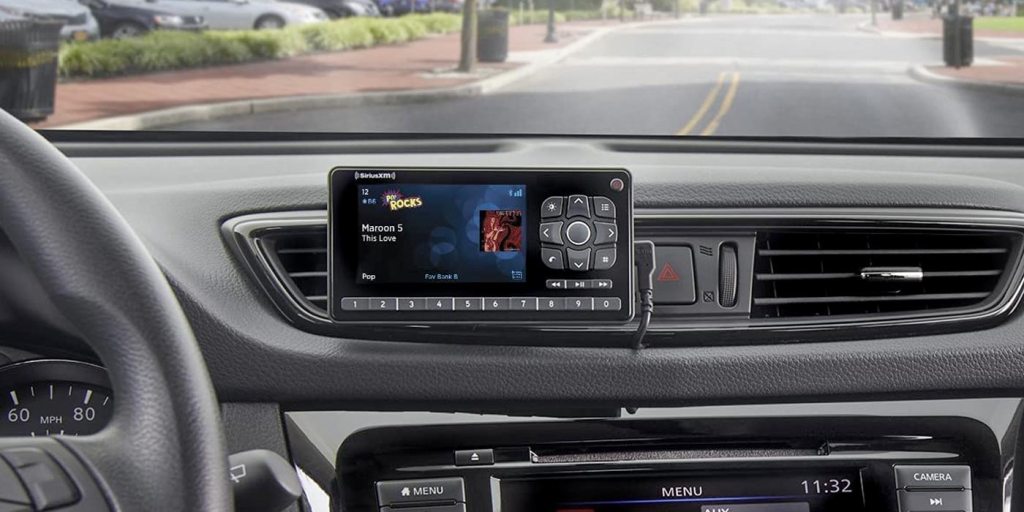I’d wager a guess that we are, as a species, rather fond of our home planet (our wanton carbon emissions notwithstanding). But the ugly truth is that the Earth is doomed. Someday, the Sun will enter a stage that will make life impossible on the Earth’s surface and eventually reduce the planet to nothing more than a sad, lonely chunk of iron and nickel.
The good news is that if we really put our minds to it—and don’t worry, we’ll have hundreds of millions of years to plan—we can keep our home world hospitable, even long after our Sun goes haywire.
A waking nightmare
The Sun is slowly but inexorably getting brighter, hotter, and larger with time. Billions of years ago, when collections of molecules first began to dance together and call themselves alive, the Sun was roughly 20 percent dimmer than it is today. Even the dinosaurs knew a weaker, smaller star. And while the Sun is only halfway through the main hydrogen-burning phase of its life, with 4-billion-and-change years before it begins its death throes, the peculiar combination of temperature and brightness that make life possible on this little world of ours will erode in only a few hundred million years. A blink of an eye, astronomically speaking.
Read 29 remaining paragraphs | Comments
Ars Technica - All contentContinue reading/original-link]



